Denis Larionov
A Spiking Binary Neuron -- Detector of Causal Links
Sep 15, 2023Abstract:Causal relationship recognition is a fundamental operation in neural networks aimed at learning behavior, action planning, and inferring external world dynamics. This operation is particularly crucial for reinforcement learning (RL). In the context of spiking neural networks (SNNs), events are represented as spikes emitted by network neurons or input nodes. Detecting causal relationships within these events is essential for effective RL implementation. This research paper presents a novel approach to realize causal relationship recognition using a simple spiking binary neuron. The proposed method leverages specially designed synaptic plasticity rules, which are both straightforward and efficient. Notably, our approach accounts for the temporal aspects of detected causal links and accommodates the representation of spiking signals as single spikes or tight spike sequences (bursts), as observed in biological brains. Furthermore, this study places a strong emphasis on the hardware-friendliness of the proposed models, ensuring their efficient implementation on modern and future neuroprocessors. Being compared with precise machine learning techniques, such as decision tree algorithms and convolutional neural networks, our neuron demonstrates satisfactory accuracy despite its simplicity. In conclusion, we introduce a multi-neuron structure capable of operating in more complex environments with enhanced accuracy, making it a promising candidate for the advancement of RL applications in SNNs.
Neuromorphic Artificial Intelligence Systems
May 25, 2022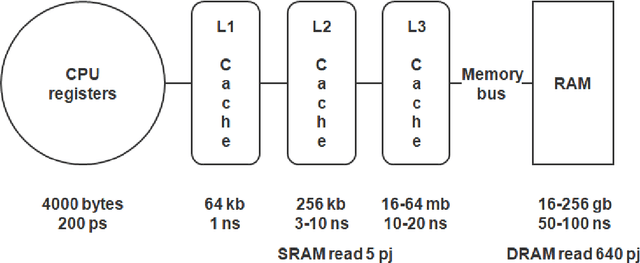
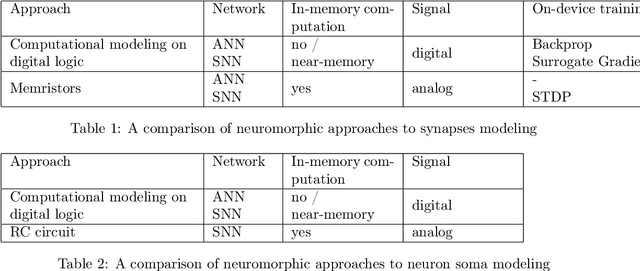
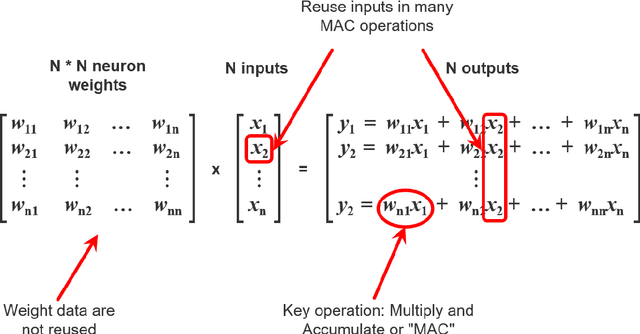
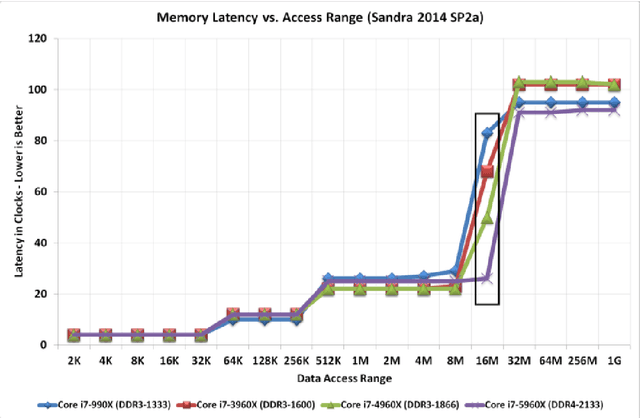
Abstract:Modern AI systems, based on von Neumann architecture and classical neural networks, have a number of fundamental limitations in comparison with the brain. This article discusses such limitations and the ways they can be mitigated. Next, it presents an overview of currently available neuromorphic AI projects in which these limitations are overcame by bringing some brain features into the functioning and organization of computing systems (TrueNorth, Loihi, Tianjic, SpiNNaker, BrainScaleS, NeuronFlow, DYNAP, Akida). Also, the article presents the principle of classifying neuromorphic AI systems by the brain features they use (neural networks, parallelism and asynchrony, impulse nature of information transfer, local learning, sparsity, analog and in-memory computing). In addition to new architectural approaches used in neuromorphic devices based on existing silicon microelectronics technologies, the article also discusses the prospects of using new memristor element base. Examples of recent advances in the use of memristors in euromorphic applications are also given.
Neural Network Optimization for Reinforcement Learning Tasks Using Sparse Computations
Jan 07, 2022
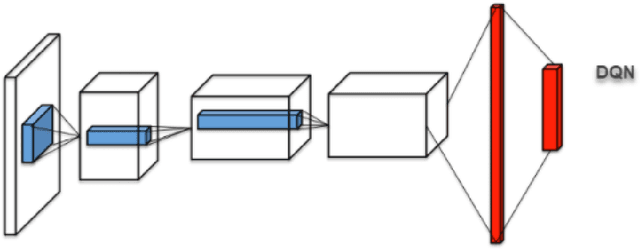
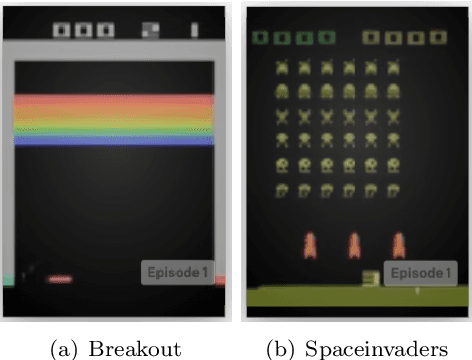

Abstract:This article proposes a sparse computation-based method for optimizing neural networks for reinforcement learning (RL) tasks. This method combines two ideas: neural network pruning and taking into account input data correlations; it makes it possible to update neuron states only when changes in them exceed a certain threshold. It significantly reduces the number of multiplications when running neural networks. We tested different RL tasks and achieved 20-150x reduction in the number of multiplications. There were no substantial performance losses; sometimes the performance even improved.
Learnable Hollow Kernels for Anatomical Segmentation
Jul 09, 2020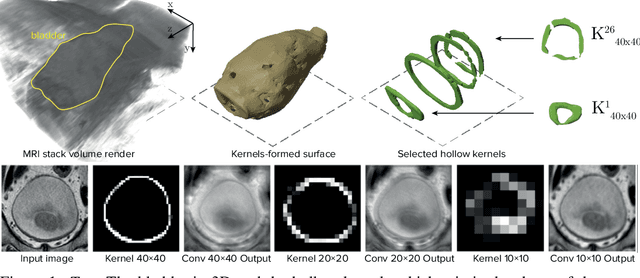

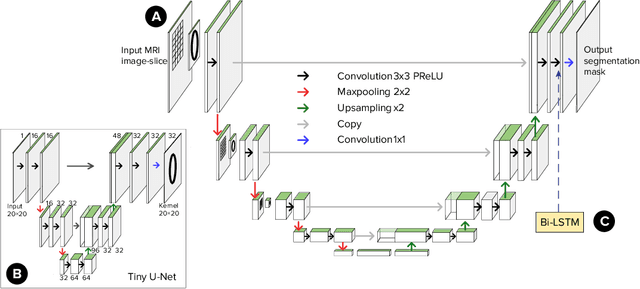
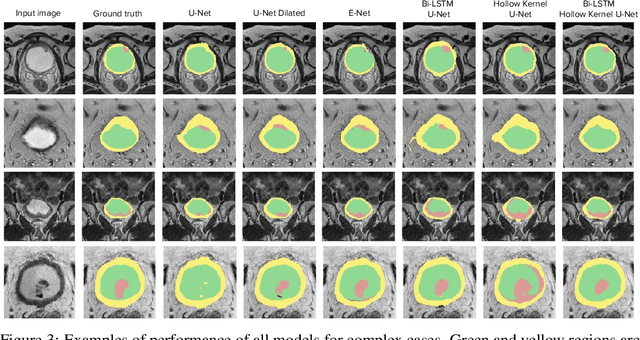
Abstract:Segmentation of certain hollow organs, such as the bladder, is especially hard to automate due to their complex geometry, vague intensity gradients in the soft tissues, and a tedious manual process of the data annotation routine. Yet, accurate localization of the walls and the cancer regions in the radiologic images of such organs is an essential step in oncology. To address this issue, we propose a new class of hollow kernels that learn to 'mimic' the contours of the segmented organ, effectively replicating its shape and structural complexity. We train a series of the U-Net-like neural networks using the proposed kernels and demonstrate the superiority of the idea in various spatio-temporal convolution scenarios. Specifically, the dilated hollow-kernel architecture outperforms state-of-the-art spatial segmentation models, whereas the addition of temporal blocks with, e.g., Bi-LSTM, establishes a new multi-class baseline for the bladder segmentation challenge. Our spatio-temporal model based on the hollow kernels reaches the mean dice scores of 0.936, 0.736, and 0.712 for the bladder's inner wall, the outer wall, and the tumor regions, respectively. The results pave the way towards other domain-specific deep learning applications where the shape of the segmented object could be used to form a proper convolution kernel for boosting the segmentation outcome.
 Add to Chrome
Add to Chrome Add to Firefox
Add to Firefox Add to Edge
Add to Edge